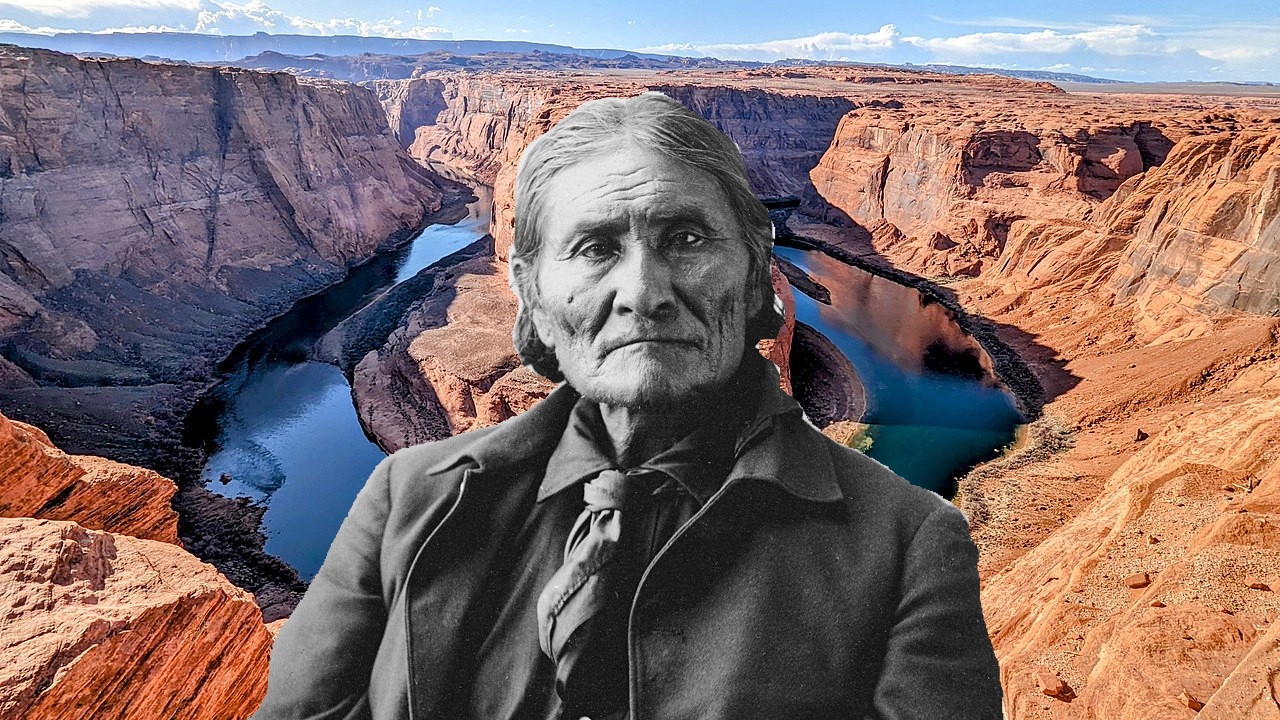Arizona is currently experiencing a significant construction boom, especially in the Phoenix-metro area. With Maricopa County being one of the fastest-growing regions in the U.S., the demand for new housing and infrastructure is skyrocketing. This growth has led to a surge in employment within the construction industry, projected to add about 40,000 new jobs by 2031. However, this rapid development places immense pressure on Arizona’s limited water resources.
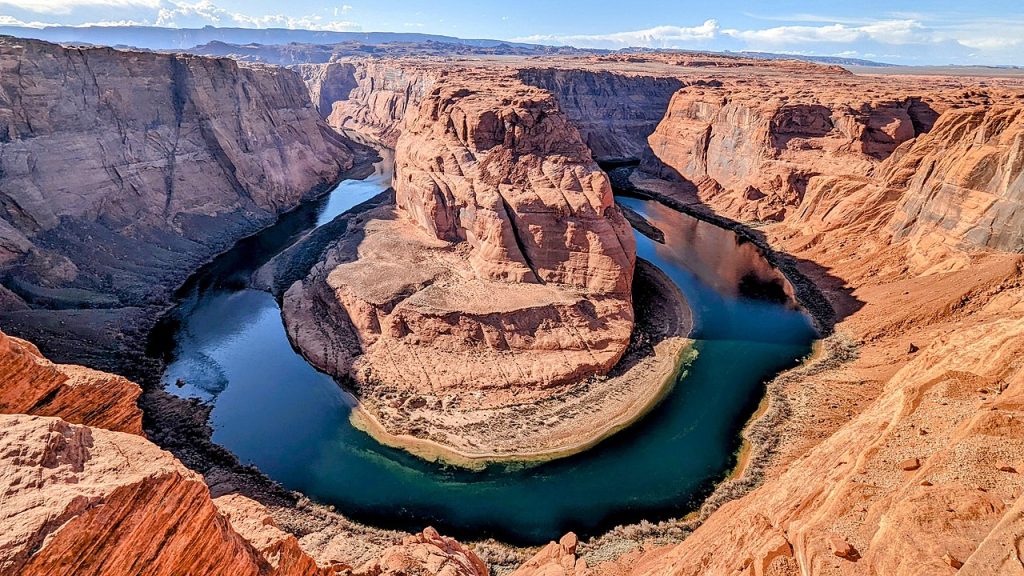
The Colorado River is crucial to Arizona, supplying about 36% of the state’s water. Yet, climate change and prolonged drought have significantly reduced the river’s flow. Despite a temporary respite due to favorable winter snowpack in 2023, Arizona faced substantial water cuts to manage the declining levels in Lake Mead and Lake Powell. These reductions, necessary to prevent a severe crisis, highlight the precarious balance between water supply and demand in the region.
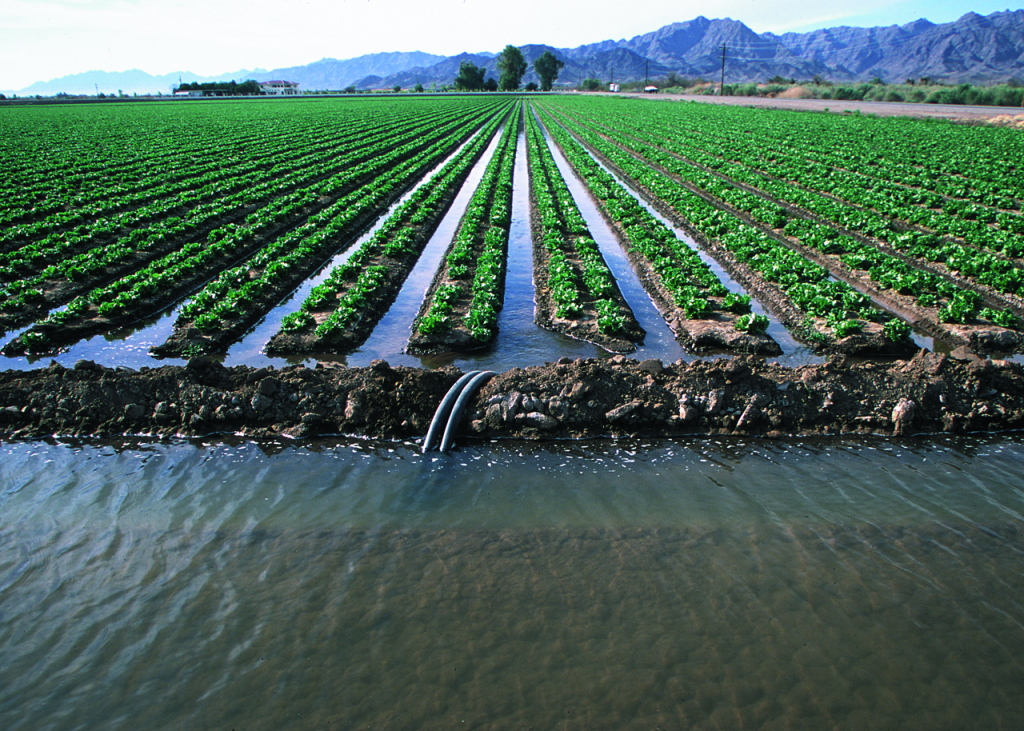
For Native American communities in Arizona, the water crisis is particularly acute. Agriculture, deeply embedded in their history and economy, is the largest consumer of water in the state. Nearly 60% of Arizona’s farmers are Native American, relying heavily on water-intensive crops like alfalfa and cotton. As water becomes scarcer, these communities face difficult choices about their agricultural practices and livelihoods.
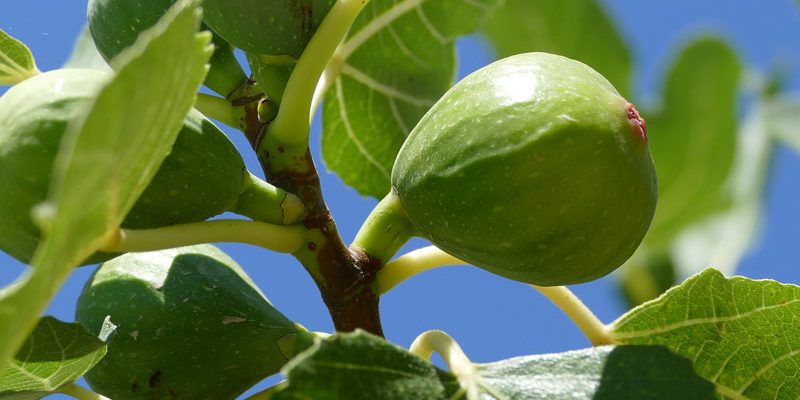
The forced shift in agriculture due to water scarcity is already underway. Farmers are being pushed to reduce harvests, switch to less water-dependent crops, or even abandon multi-year crops like orchard trees. These changes are especially challenging for Native American farmers who have cultivated specific crops for generations, making the transition not just an economic issue but a cultural one as well.
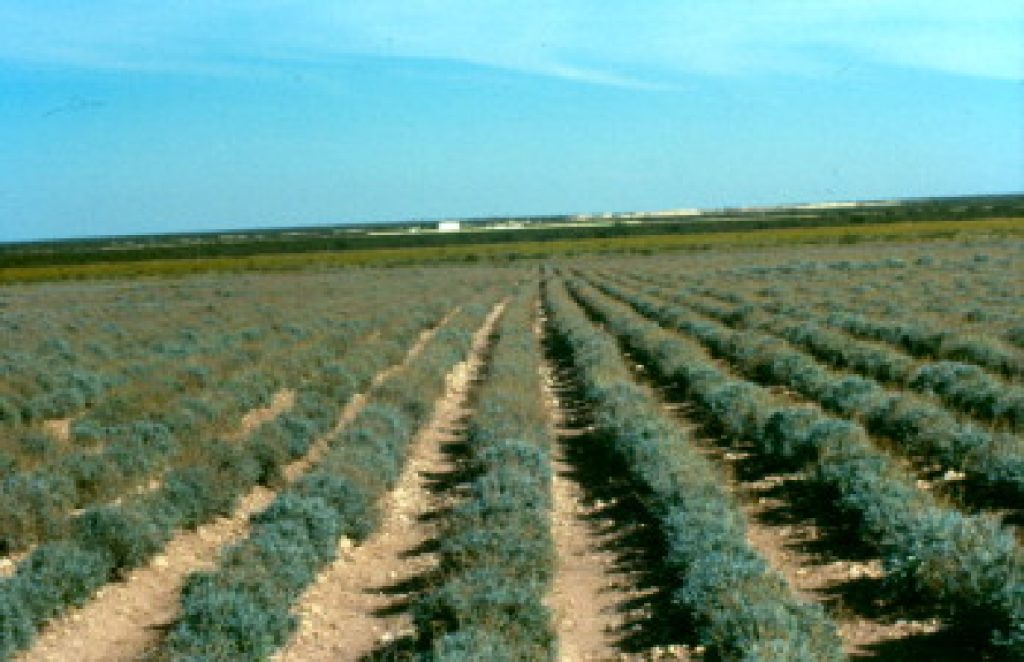
Future agricultural practices in Arizona will likely involve significant adaptations. Experts suggest a reduction in irrigated farmland and a shift towards crops that require less water. Initiatives such as Bridgestone Americas’ project to grow guayule—a shrub used for rubber production that needs less water—illustrate the types of innovative solutions being explored. However, these adaptations will be challenging and require significant support and resources.
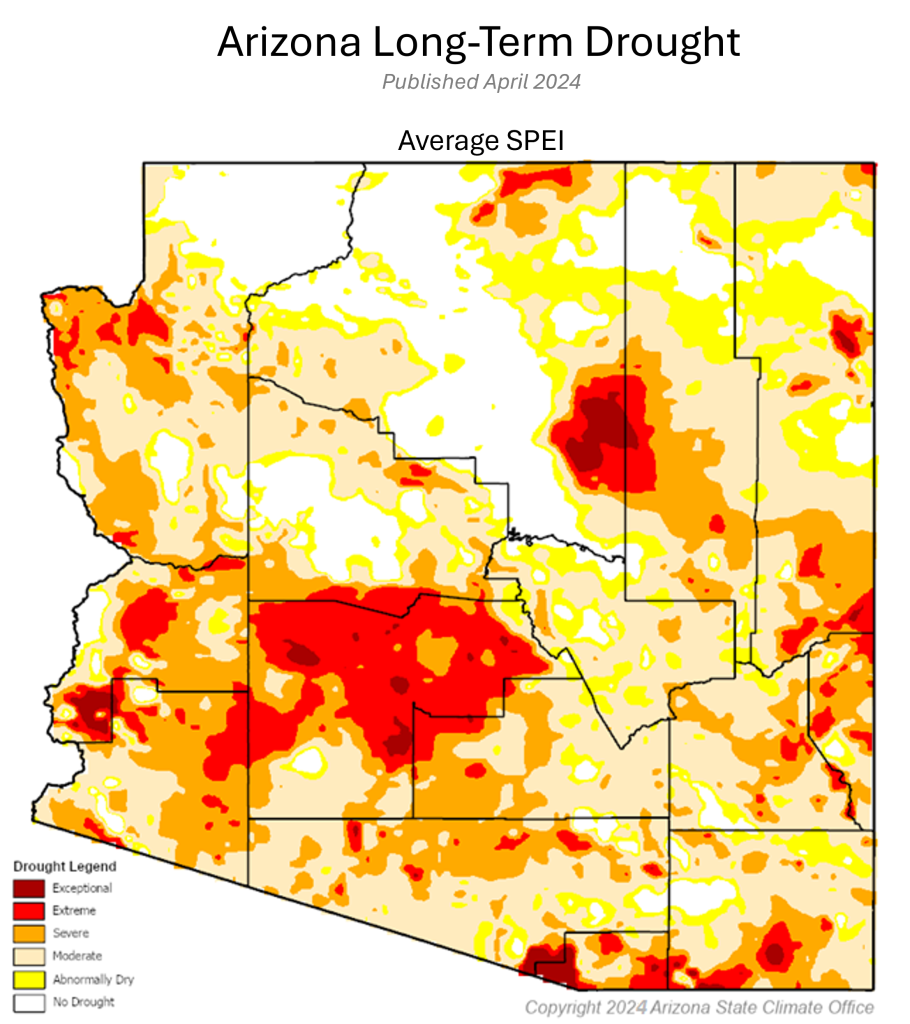
As Arizona grapples with its water crisis, balancing the needs of a booming construction sector with the imperative of water conservation is critical. The iconic ‘Five Cs’ of Arizona—climate, copper, citrus, cattle, and cotton—are all at risk. With agriculture being the largest water consumer, the sector faces the most significant cuts, impacting many Native American communities reliant on this industry.
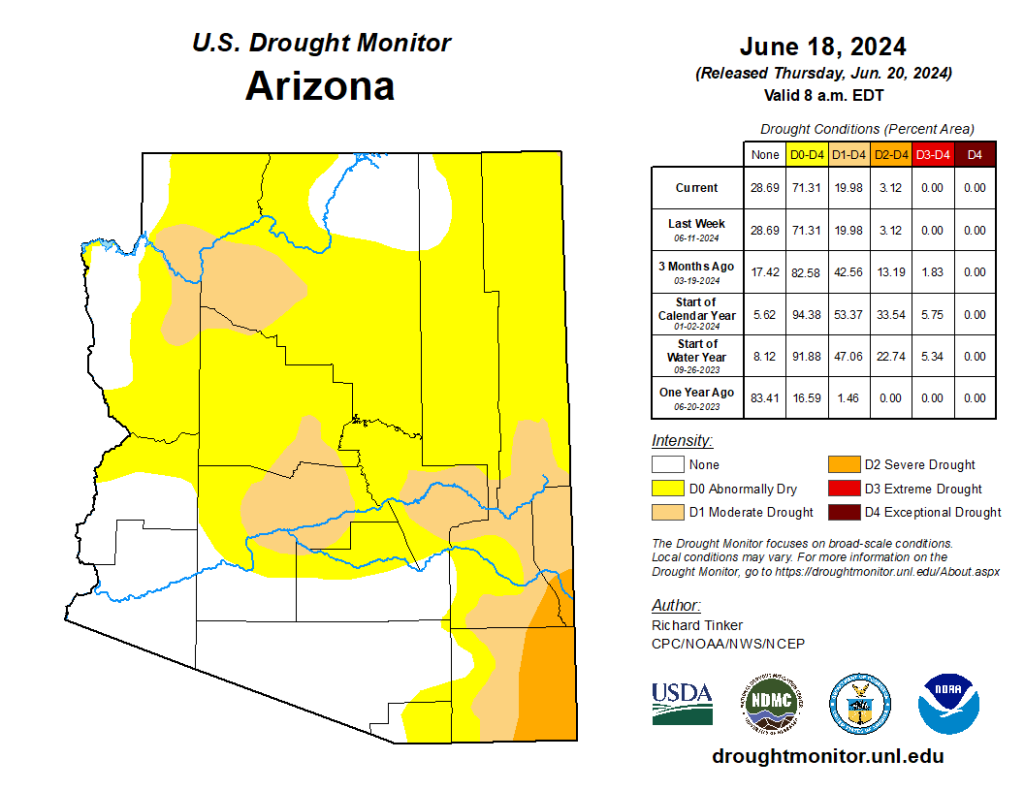
The decisions made today will shape the future of water usage in Arizona. Implementing sustainable water practices and investing in water-saving technologies are essential. For Native American communities, these changes will require innovative solutions to preserve their agricultural heritage and ensure their cultural practices continue.
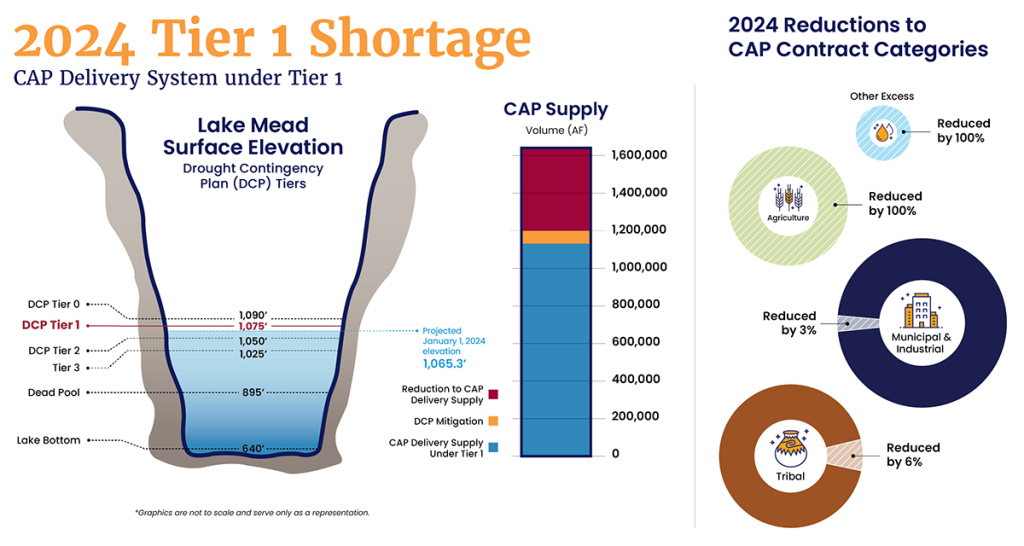
The ongoing water crisis underscores the need for collaborative efforts in water management. Ensuring that Native American communities have a voice in these discussions is crucial. Their historical connection to the land and its resources makes them key stakeholders in finding sustainable solutions to Arizona’s water challenges.
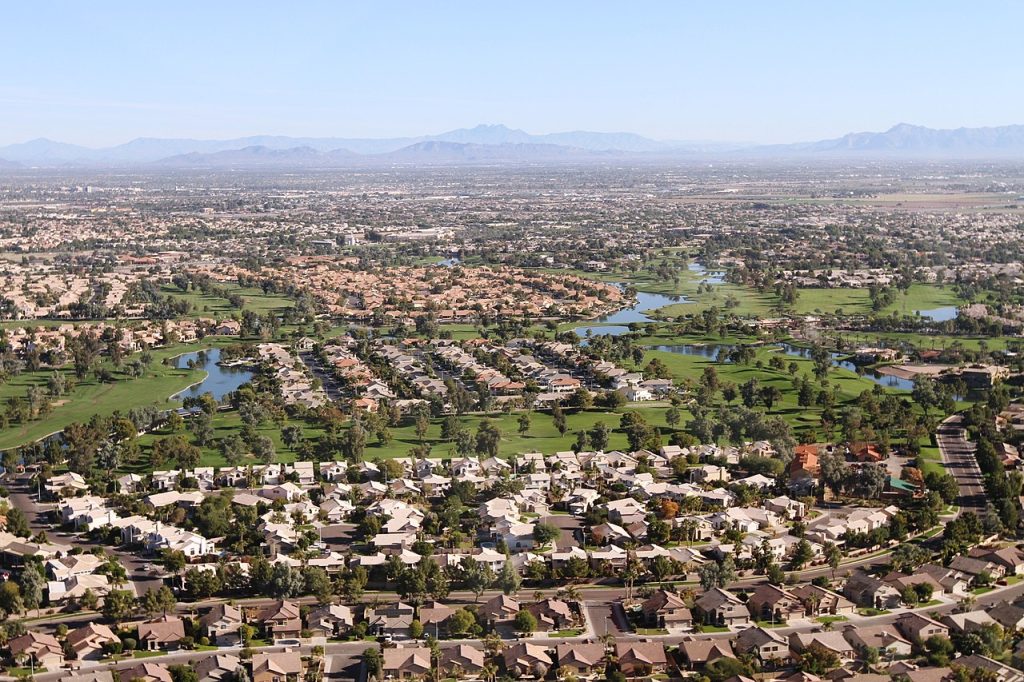
Arizona’s water future is fraught with tough choices and potential sacrifices. However, with proactive and inclusive measures, the state can navigate these challenges and work towards a future where economic growth and sustainable water use coexist. For Native American communities, the focus must be on supporting their adaptation to these changes while preserving their cultural and agricultural heritage.
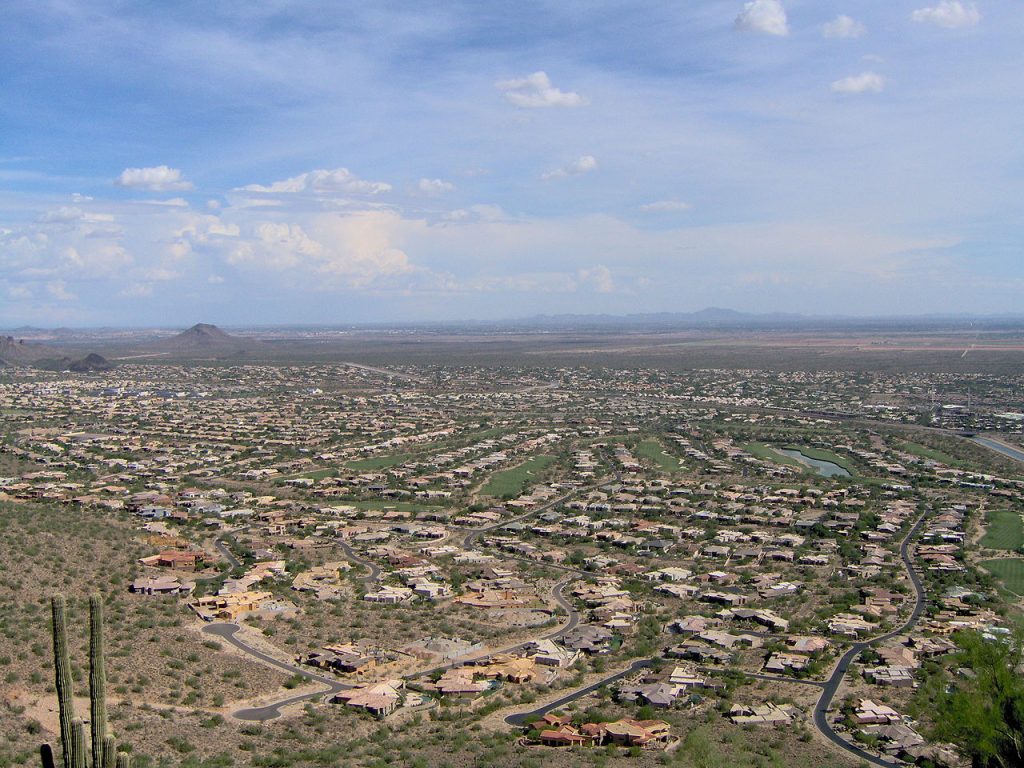
Ultimately, addressing Arizona’s water crisis requires a comprehensive approach that considers the needs of all stakeholders. With careful planning and collaboration, Arizona can balance its growth with the need to conserve its precious water resources, ensuring a resilient future for all its communities.

